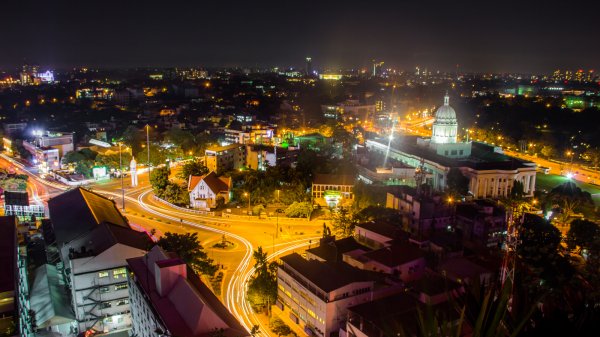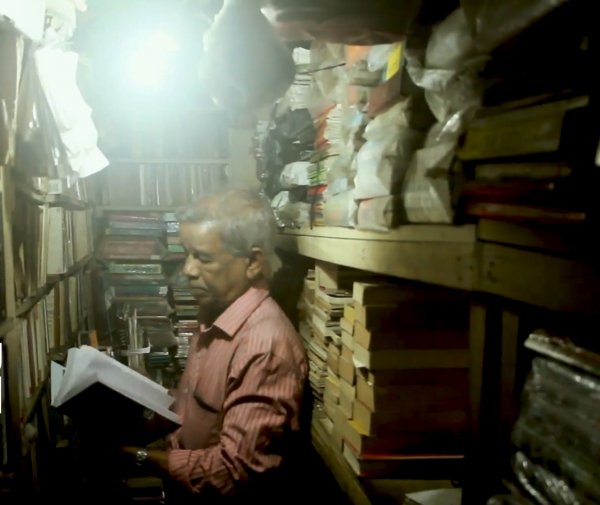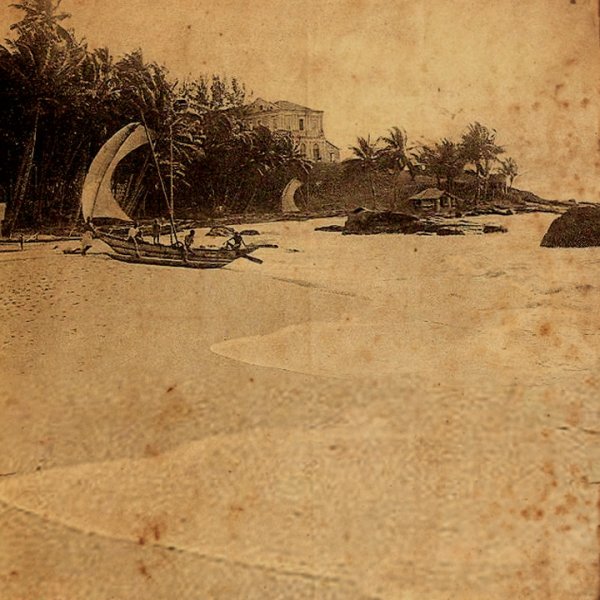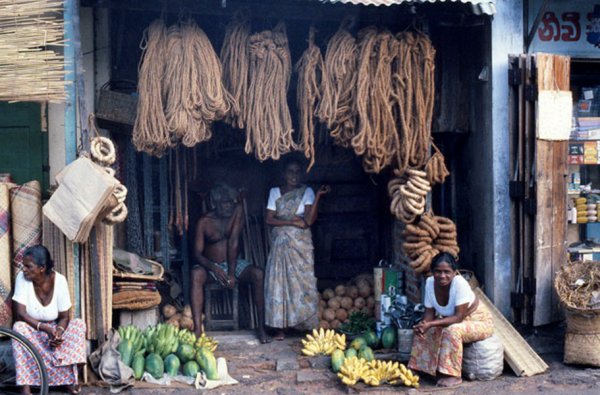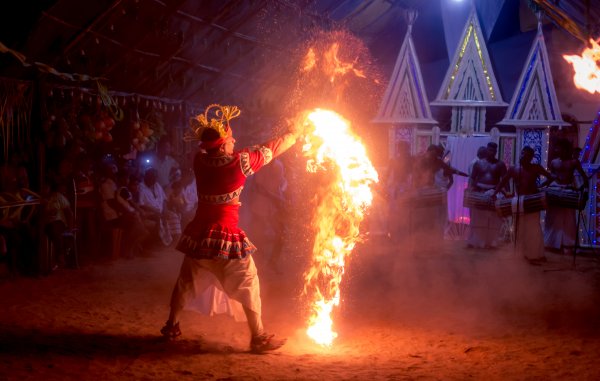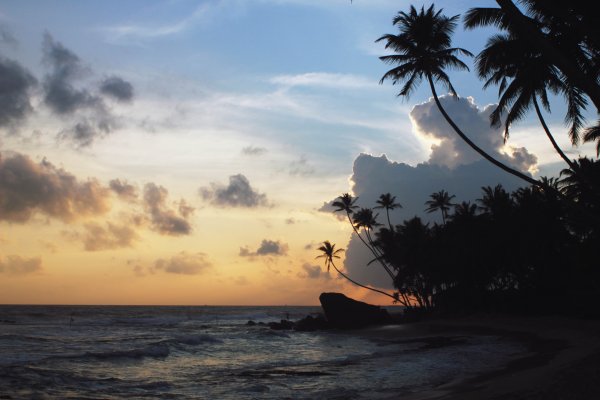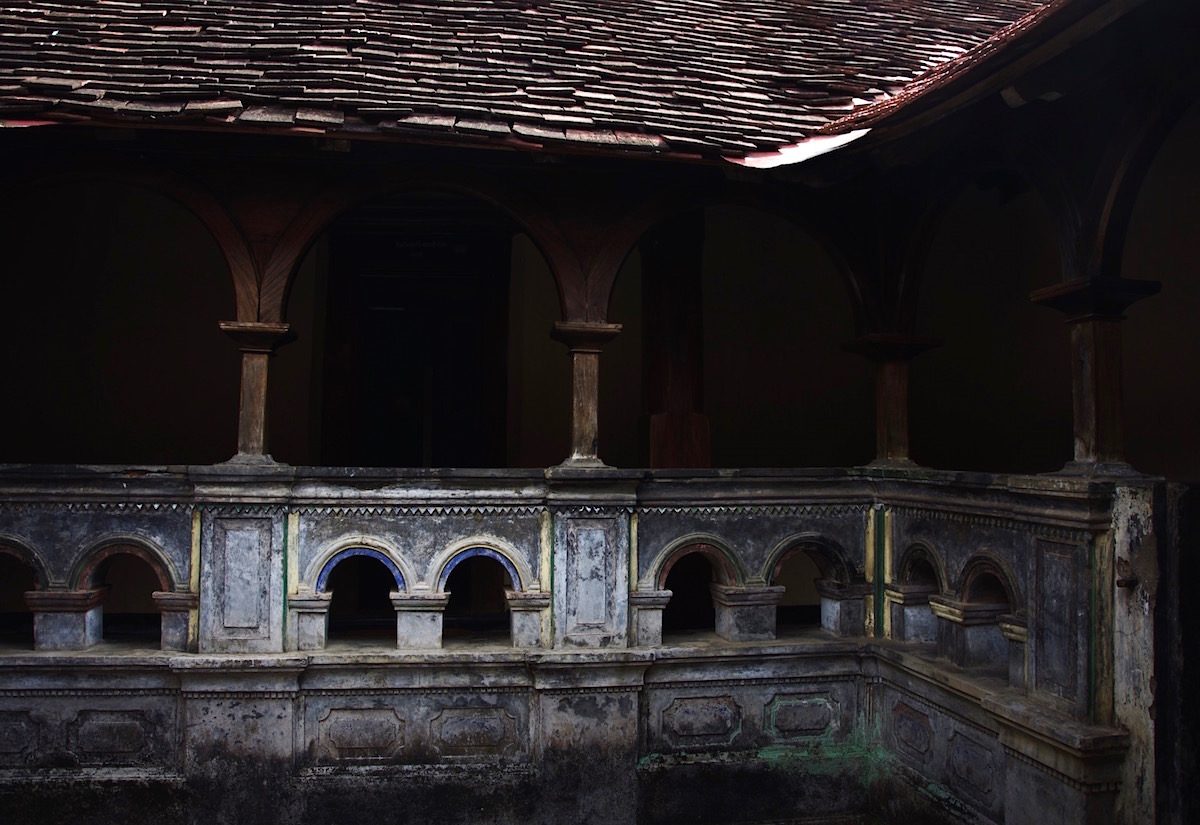
Tucked away in the town of Kolonne, somewhere between Suriyakanda and Embilipitiya, stands what’s left of a once palatial mansion. Maduwanwela Walawwa, whose construction can be traced back to the eighteenth century, was completed, in 1905, by its most revered owner, Maduwanwela Maha Disawe.
The Disawe, or “headman”, was given this appointment by the British Government of Ceylon, but, despite this, harboured strong feelings of resentment towards his colonial rulers – a resentment that has been perpetuated in several aspects of his famous home.

A short walk from the grounds’ main entrance, on a path bordered by trees of Herculean proportions, brings into view the famous walawwa. What is visible at first glance, though impressive, forms only a fraction of the sprawling mansion.

The entrance to the compound is marked by a grand, but unusually narrow, gateway made entirely of stone. Its narrowness, we are told, is intentional, as it compelled those on horseback (primarily, and not coincidentally, British colonial officers) to dismount their horses prior to walking through the gates. This was viewed as a mark of respect towards the Disawe and his household, albeit an inadvertent one.
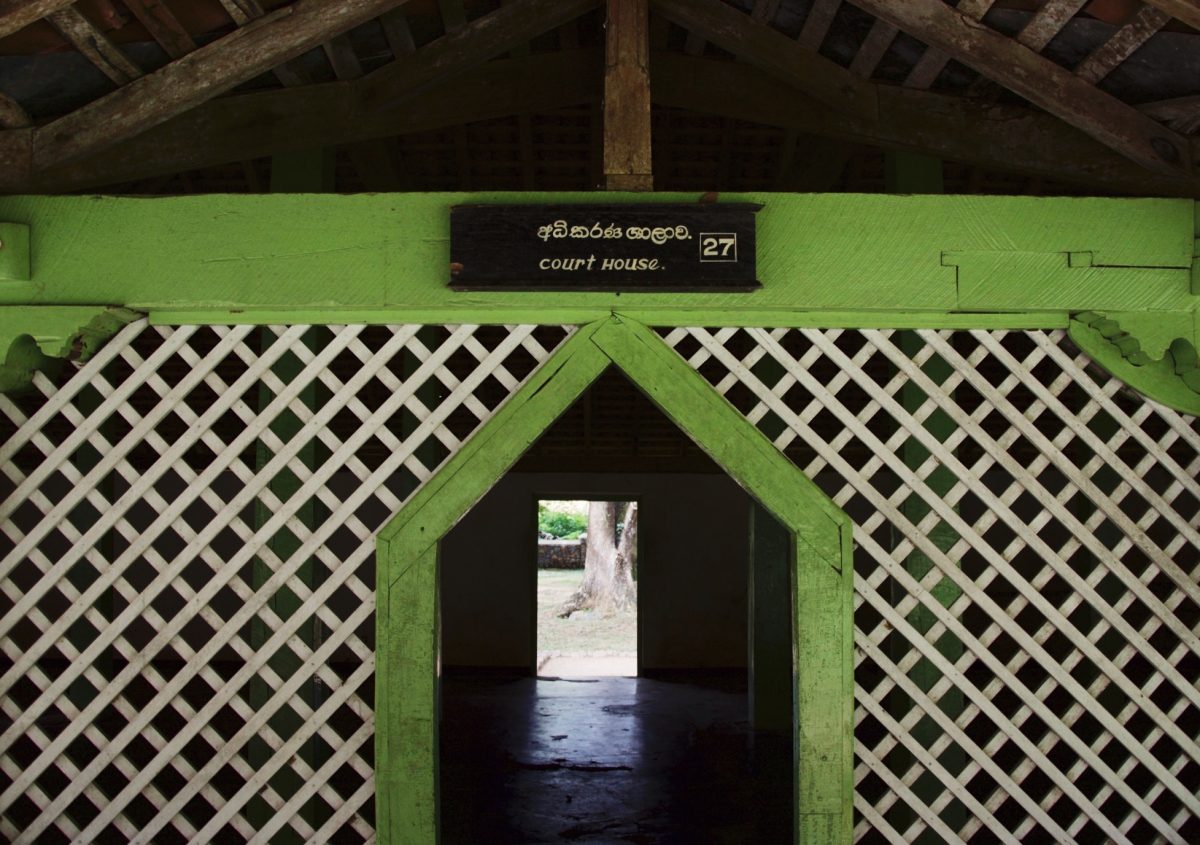
Apart from the main residential building, stands the walawwa’s very own courthouse, which was employed by the Disawe in administering his judicial powers. It is believed that the now sparse courtroom once allowed seating for more than a hundred people, who would gather to witness the Disawe play the roles of both judge and jury.

In front of the time-aged coat of arms of the colonial British administration stands the seat from which the Disawe passed judgment on a number of cases, the majority of which concerned minor issues to do with property and matrimony.

An open passageway through the garden connects the courthouse building with the residential area, which once comprised 121 rooms and 21 courtyards. Today, the building houses 42 and seven of those rooms and courtyards, respectively.

The mansion boasts a number of interesting features, but nothing so striking as its unique proportions. The doorways to every one of the mansion’s 121 rooms stood at less than five feet tall. It is speculated that this was done not only to accommodate the Disawe, who was on the shorter side, but also to compel the British officers to “bow” whenever they entered a room – again, inadvertently.

The cracks in the walawwa’s interior walls reveal mati, or clay, a material used traditionally in the construction of Sri Lankan houses. Its use in a building of these impressive proportions is rare, and, once again, highlights the Disawe’s patriotic nature.

The building’s second floor remains accessible through the hand carved, and almost unnervingly narrow, staircase.

Another feature unique to the walawwa is the use of the mosaic art form on its floors. While the material used to form patterns looks like your standard mosaic pieces at first glance, a closer look tells you that this is not so – the pieces are, in fact, shattered plateware used by British nobles at the time, demoted from their usual place at the prestigious dinner table to being used as floor tiles by a Sinhalese headman.
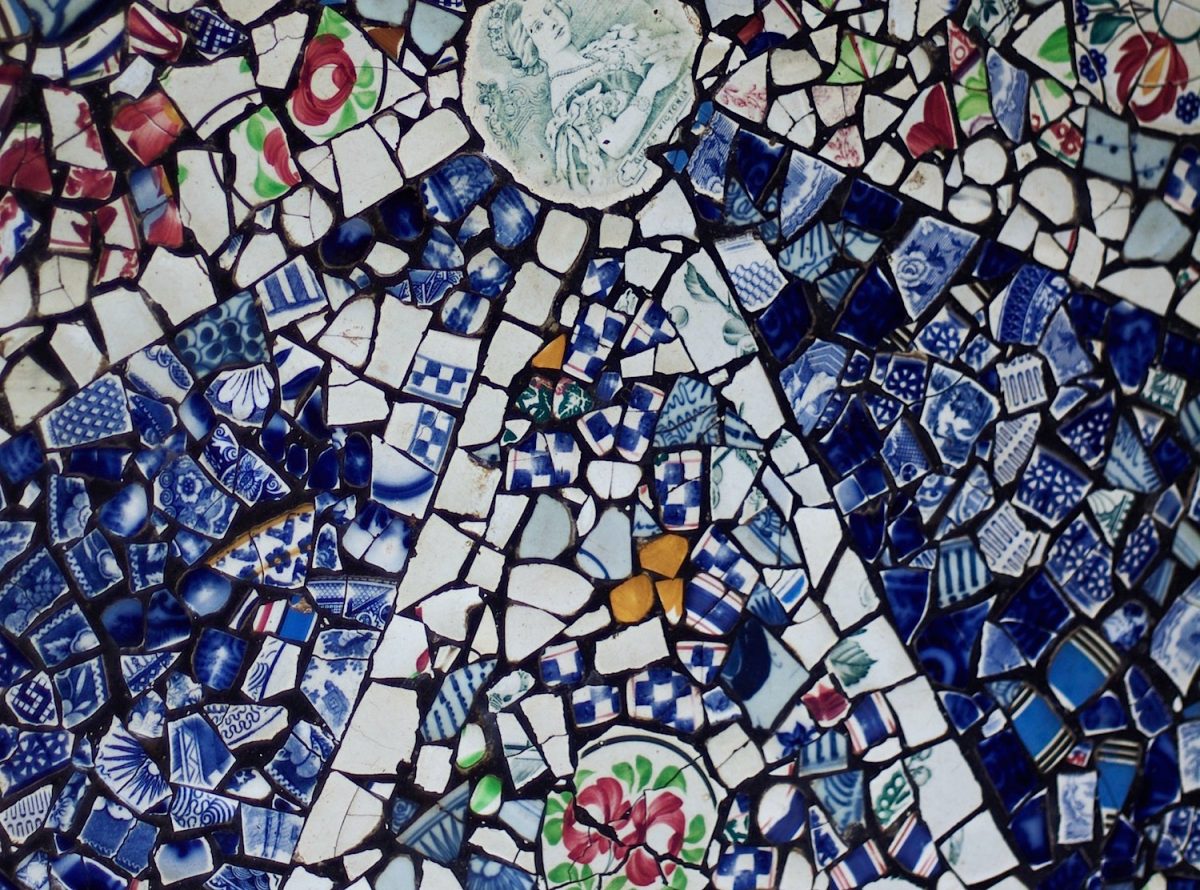
One of the pieces even features a portrait of Queen Victoria, who was, at the time, the ruler of Great Britain, and the figure behind whom the British people rallied.

The now faded railings surrounding one of the mansion’s main courtyards, which, like the rest of the building, boasts smaller-than-average proportions. It is yet another example of the building’s unique characteristics, all of which together rallied a silent revolution against our colonial rulers and stand, today, as a testament to our unwillingness to be contained.

